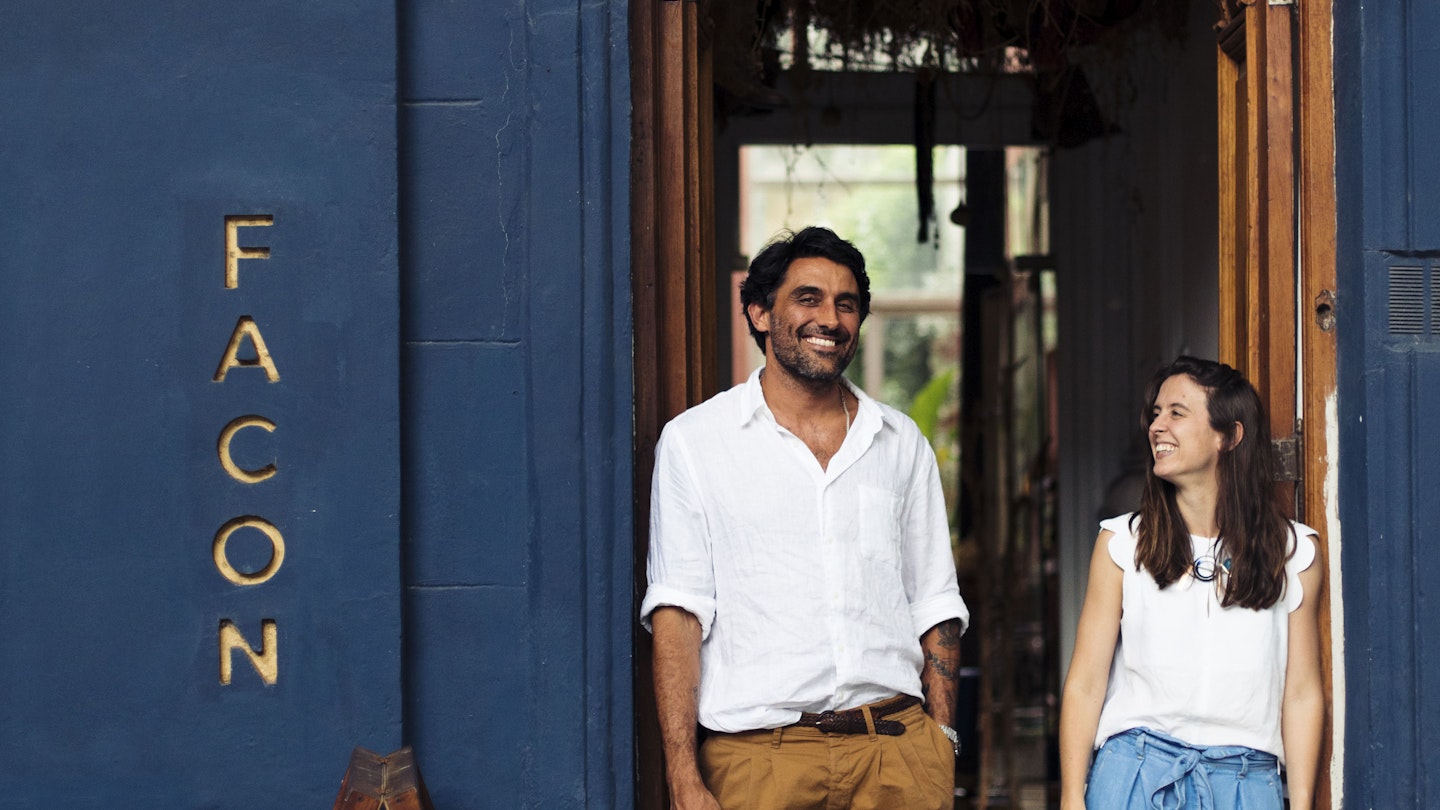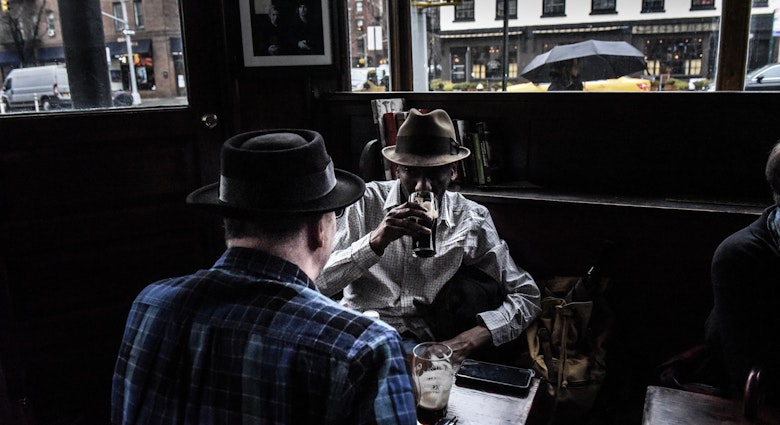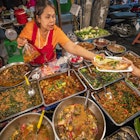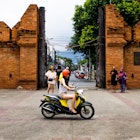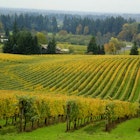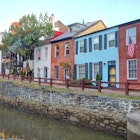Life in Buenos Aires is defined by ritual and pageantry. From dancing tango to eating steak, we explore the ways in which locals – and their guests – come together.
This article originally appeared in the June 2019 issue of Lonely Planet magazine.
The day of rest – and asado
Annabella Mutto and Denise Fevre have strong feelings about asado. Technically Spanish for a cut of beef comprising the ribs, "the Buenos Aires asado is so much more," the pair of city guides breathlessly assure me. Most Sundays porteños, as the residents of the city are known, get together with family and sometimes friends for a multi-course, ritualistic barbecue made up almost entirely of meat. "We get together, we talk loud," Anna says, "and we eat!"
Annabella, Anna for short, disagrees good naturedly with Denise. Anna extols the virtues of lean meats; she likes the thin, sizzling entraña. Denise, horrified, insists that juicy, fatty cuts — the bife de chorizo, say, cooked through to firmness in the traditional Argentine style — are far superior. Luckily, I don’t have to choose.

I’ve been in Buenos Aires two hours, most of which I’ve spent at Don Julio, one of the best parillas (steakhouses) in the city. I’ve already eaten five courses, two of them consisting entirely of steak. Outside, people are queuing around the block to get a table. Waiters, taking pity on them, offer sparkling wine and empanadas to sate their hunger. Wine bottles cover virtually every bit of wall space and every counter top. Lights hang from wagon-wheels on the ceiling. The restaurant has no further decoration – there's no room for any.
At one of the coveted tables, I’m finishing up another forkful of mollejas: crispy, creamy sweetbreads. Two hours ago, Anna and Denise — who will show me around Buenos Aires — were strangers. Now, we’re on our second glass of Malbec. "Asado," Anna says, "is our religion." Though Argentina is predominantly Christian, both women tell me that people tend to be more culturally Catholic than formally practicing. Nevertheless, a heightened sense of ritual, and the passion behind it, permeates everything in Buenos Aires.
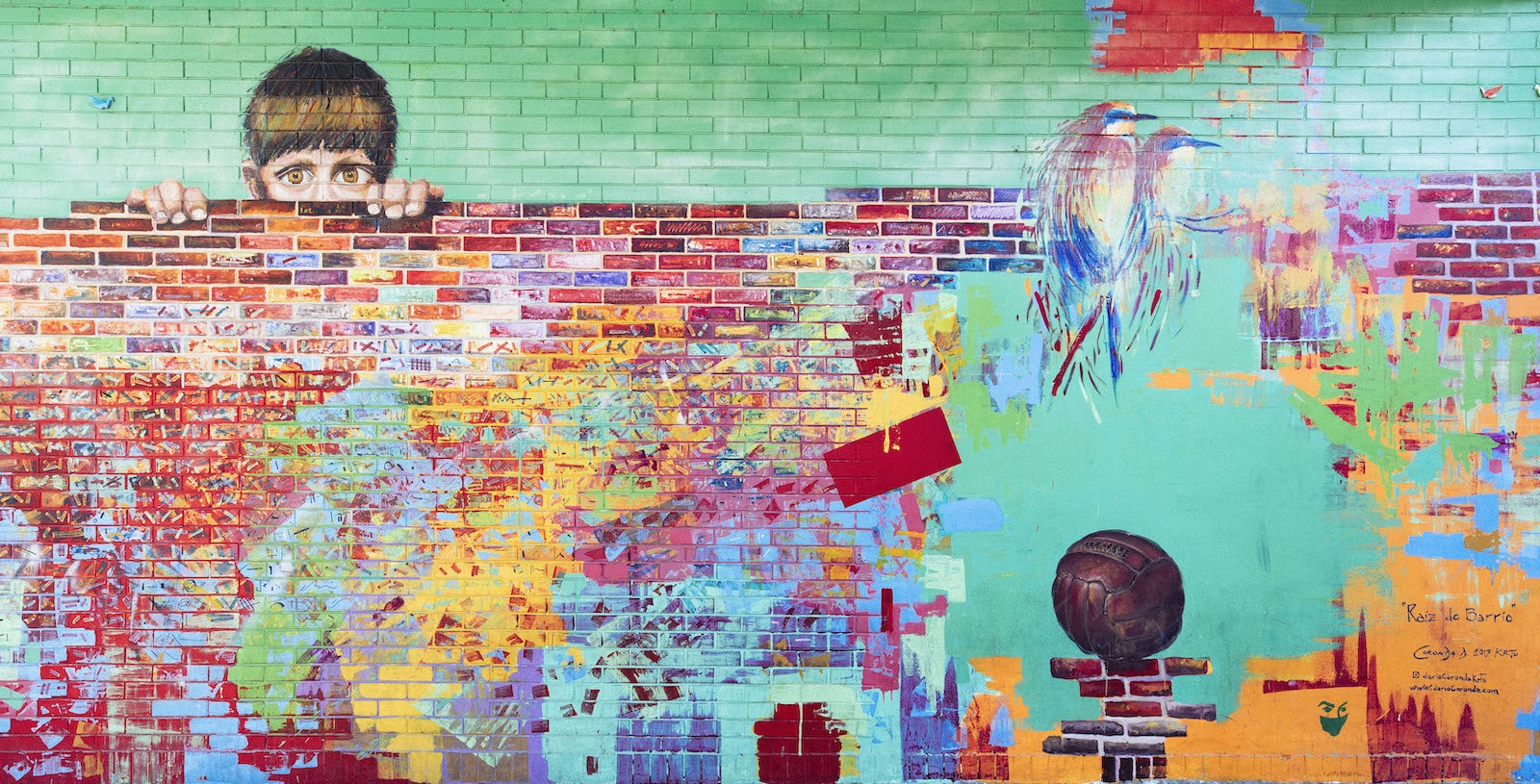
Palermo – where history is written on the walls
"Buenos Aires is always changing," Anna says as she shepherds me around the city. Five years ago, she explains, bad weather – such as the relentless thunderstorm that dominates a day of my trip – would have brought the city to a standstill. Streets would have flooded, drains overrun. But a boom in the early years of the presidency of Mauricio Macri, a pro-business conservative, heralded wider improvements in the city’s infrastructure, even as, in recent months, inflation and a drop in the value of the peso sent the Argentinian economy plunging.
The neighborhood of Palermo – with its muted concrete houses and geometric storefronts – is a far cry from what it was. The Palermo of one-time resident Jorge Luis Borges, among Argentina’s most prominent writers, was a place of seedy brothels, mournful drunks and sweat-matted tango dancers. Its bar-room arguments featured in of one of Borges' most autobiographical short stories, Man on Pink Corner. Today, Palermo’s boulevards are lined with meticulous, unpeopled boutiques and cafés serving fine espresso, but its raucously colorful, collage-style street art tells the story of the district’s transformation.

To find out more, I join guide Florencia Sola on a tour of the neighborhood's best-known murals and graffiti. Here, street art began as a form of political activism: a protest against the repressive military dictatorships and financial crises that have characterized much of Argentina’s recent history. At Espacio Memoria y Derechos Humanos, a museum occupying the former site of the secret police’s training academy, street artists have turned the building’s blank façades into a de facto memorial to the thousands who were "disappeared" during the most brutal days of the junta. Elsewhere, at Mercado de las Pulgas, the vivid anti-consumerist art of the painter known as Cabaio Stencil considers the effects of Argentina’s 2001 economic collapse.
As Florencia walks through Palermo, she points out murals both political and whimsical: a capitalized exhortation to LOVE around one street corner; around another Queen Victoria, standing sentinel outside one of the city’s many speakeasy nightclubs. Next we come across the small figure of a green woman, her mouth masked by a scarf, that has come to double as a rallying cry for feminism in this country. Florencia explains that women who support the legaliszation of abortion – currently almost totally illegal in Argentina — will often wear a green scarf somewhere on their body as a form of protest.
Weaving through back alleys, Florencia points out a new beer hall there, a new pizzeria here, the neighborhood's march of change, before stopping in front of a mural outside a restaurant. It depicts Jorge Luis Borges, Palermo’s literary champion, sitting in front of a heaped platter of meat just like the one I had for lunch, a glass of bitter fernet liquor in his hand. "He cooks asado. He drinks fernet," says Florencia with a smile. "So he is a porteño."
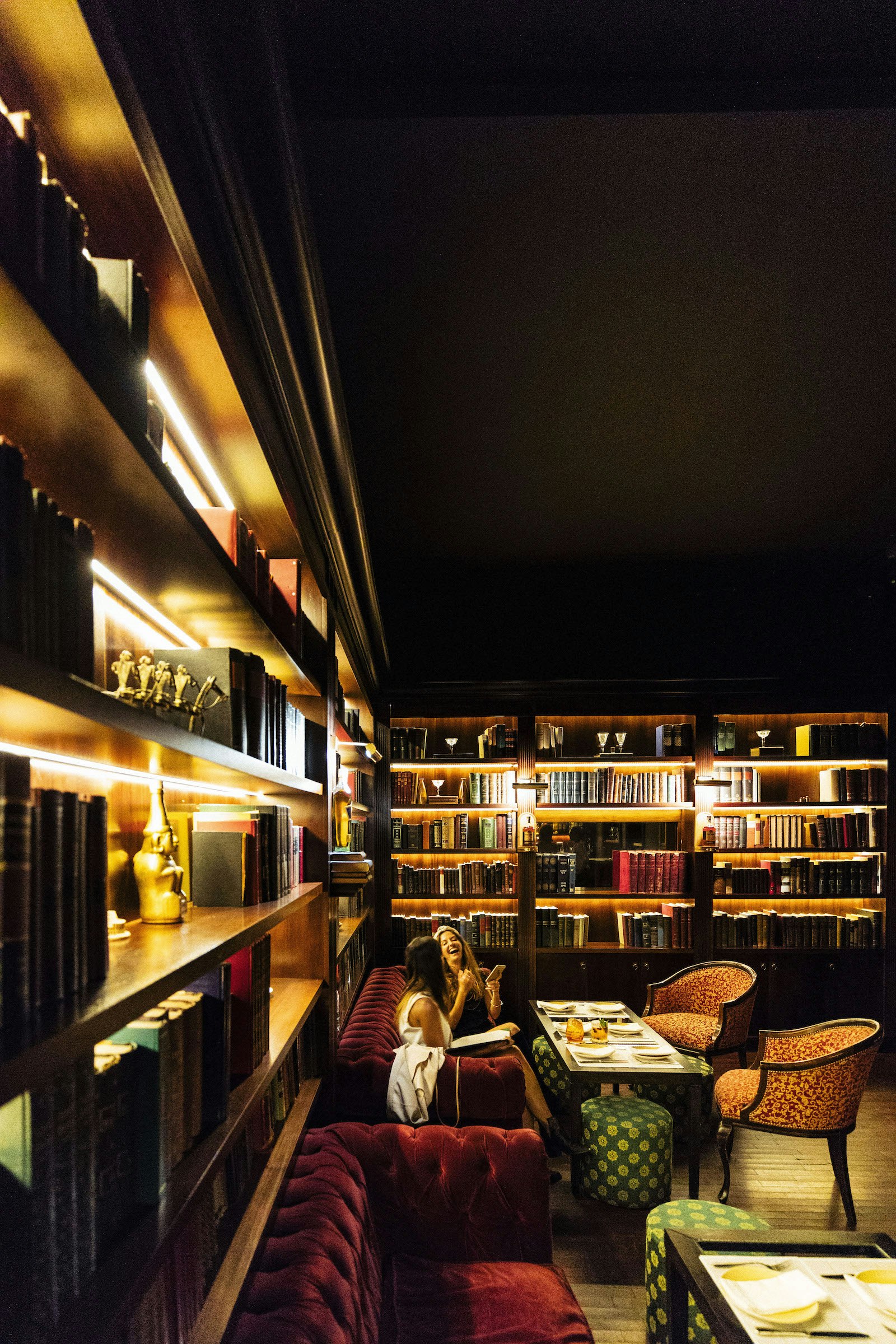
Houses where past and future collide
In another corner of Palermo, two neighboring porteño businesses have reimagined the possibilities of the city’s history, hoping to pave the way for a prosperous future. Salú, a cooking club located on the ground floor of an early 20th-century house, sits next door to a shop belonging to the house’s owner, artist and craftsman Martin Bustamante. Martin has transformed the house’s courtyard and living quarters into a craft boutique, Facon, where he exhibits and sells the handiwork of local artists. Leather satchels and shawls associated with gauchos — Argentina’s heartland cowboys — adorn the walls, while, in the courtyard, Martin has created a makeshift altar. Candlewax mingles with icons and paintings of local saints, including the 19th-century folk hero Gauchito Gil. The bathroom ("most people’s favorite room," says Martin) features a claw-foot tub. In the backyard, I find an asado grill awaiting the next feast.
Standing in the sunshine, Martin introduces me to his close friend Astrid Hoffmann, Salú’s founder, who tells me that the two businesses represent a combination of old and new Buenos Aires. The house we’re standing in is a traditional one, painstakingly restored by Martin’s mother and later converted into a restaurant. When she retired, with the rest of the area already gentrified, Martin asked her: "Don’t rent to Starbucks. Rent to me." And so Facon — dedicated to the work of the next generation of Argentinian artists — was born.

Astrid has transformed the kitchen area of Salú into a retro-feeling cooking school. She points out the mint-coloured 1970s fridge, an object that would once have been considered an outmoded vestige of the days of military dictatorship, yet now loved by younger visitors for its nostalgia value. Salú hosts regular salon nights, devoted not only to cooking but also to conversation and spiritual exploration. Some evenings, guests get together to talk about tarot cards; other nights it’s tantric sex.
Today, though, there are more straightforward pleasures on offer. Astrid lays out a platter of cured meats and sharp cheeses, punctuated with the sweetness of preserved kumquats. It’s an offer of sustenance before she teaches me another local ritual: how to make empanadas. She demonstrates how to gauge the right amount of filling — an aromatic mixture of shredded beef and paprika, cumin and chili peppers — before folding the already-kneaded dough into an accordion-style border. She demonstrates a variety of methods, from the most simple to the kaleidoscopically complex. "Sure," Astrid says, "I could just pinch the dough together if I really wanted to." She reconsiders, before adding, "I don’t like the easy way."

Another night, I seek out one of the city’s many "speakeasy" drinking holes. The Havana-themed cocktail bar Presidente is filled with young women in mini-dresses teetering in clear plastic heels, but as I try to find a seat the waiter catches my eye. Wordlessly slipping me a glass of prosecco I haven’t ordered, he leads me past a courtyard full of smokers and towards an apparent dead-end, a bookshelf. A door pushes open. "This," he says, "is the Library."
Leather-bound books, including 19th-century sex manuals, line the walls; there are maps everywhere. The atmosphere – if not library-quiet – is infinitely more peaceful. The tattooed bartender makes me an Old Fashioned, while explaining the rules. Outside at Presidente, there are trendy new cocktails for the revelers, but in the Library they do things the traditional way.
He turns to another patron, sitting at the bar with a fernet, to continue their debate about an upcoming football match. He scoffs at supporters of the River Plate team, decrying them as snobbish and cold, while she sneers at the overly rowdy Boca Juniors fans. Porteños are so passionate about football, I’m told, that street riots during matches are a regular occurrence.
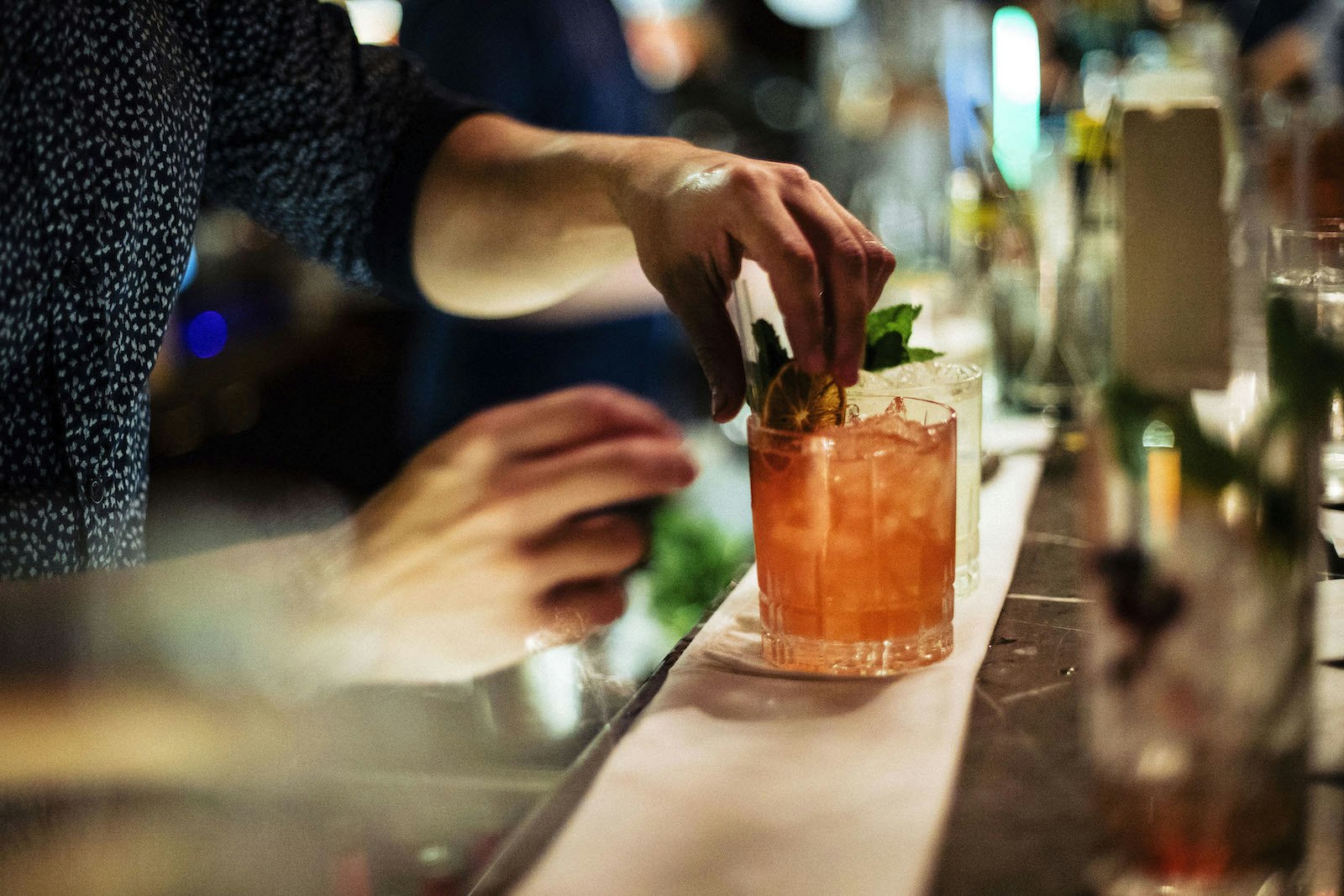
Tango – the city’s rhythm
Buenos Aires' true religion is also its most famous export: tango. On my final afternoon I seek out the milonga – the social gathering at which porteños participate in this intricately ritualistic dance – at El Beso, in the city center. Sitting on the sidelines, I watch each ritual play out. There's the cabeceo, or "nod," with which porteño men wordlessly communicate with their counterparts across the room, allowing them to gauge interest before inviting them to the floor. There's the three-song tanda, or set: just enough time for dancers to get into one another's rhythm before the cortina – a short snippet of a rock or salsa song, long enough for everybody to perform the cabeceo once more.
An hour into the milonga, and the dance floors and surrounding seats are full. Two women in identical polkadot dresses dance together, and another struts past in towering tango heels. A middle-aged woman in yellow cools herself with an enormous wooden fan, while a man – who must be in his nineties – sits to unlace his brogues and change into dance shoes.
A few minutes later, he approaches and asks me to dance. His name is Ellis, he says. He has noticed I haven't hit the floor yet. I try to refuse at first – "I barely know how to tango," I say. That doesn’t matter. He knows the steps. He knows how to hold me. "Close your eyes," he tells me. He has been dancing these same, slow steps for years. Somehow, I manage to follow along until at last the song ends. I try to sit down again.
"Please," he says, with impossibly courtly politeness. "You must finish out the tanda." He raises his hands with fatalistic exhaustion. "Otherwise they will think I am a bad dancer, you see." We keep going. He steps – first carefully, then more swiftly – across the floor. He does not let me fall.
Make sure you're ready for anything with travel insurance from our trusted partners.
